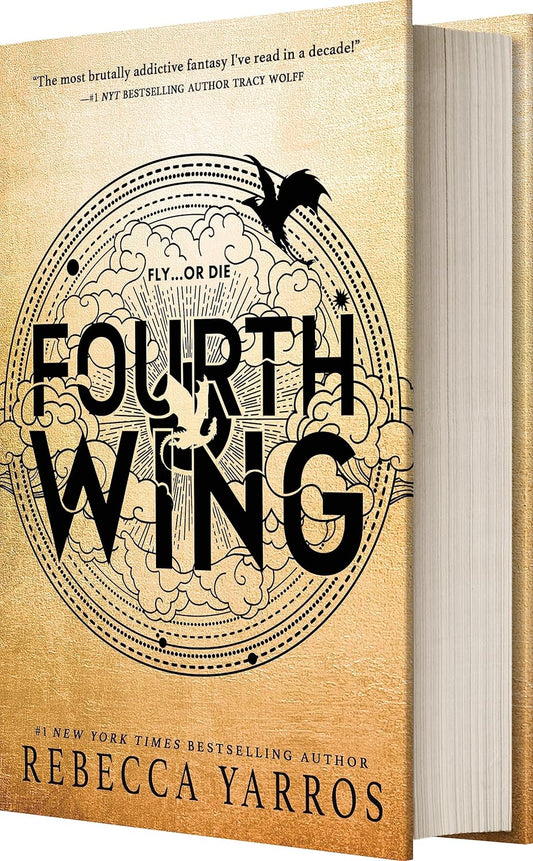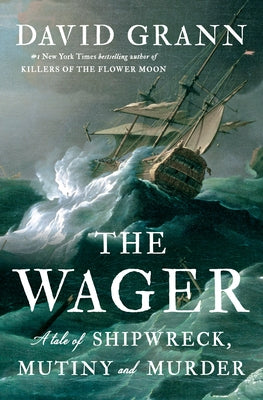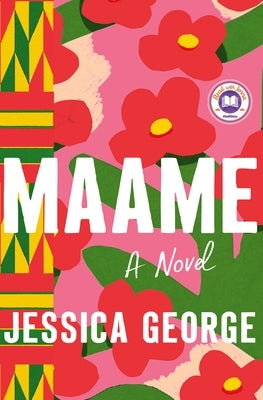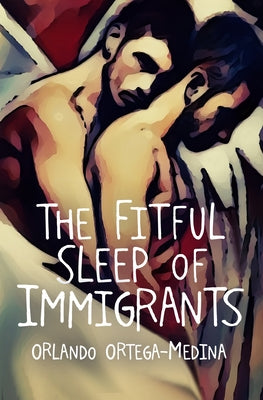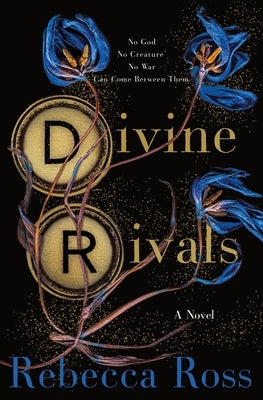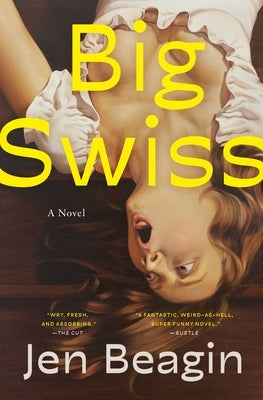Q. What defines a book as a literary classic?
A literary classic is a book that has stood the test of time, offering enduring themes, complex characters, and profound insights into the human experience. These books are often studied for their artistic merit and cultural significance. Examples include "Pride and Prejudice" by Jane Austen and "Moby-Dick" by Herman Melville.
Q. How can teenage literature be beneficial for young readers?
A. Teenage literature addresses the unique challenges and experiences of adolescence, offering relatable stories and characters. These books can help young readers navigate their own lives, develop empathy, and gain a deeper understanding of the world. Examples include "To Kill a Mockingbird" by Harper Lee and "The Catcher in the Rye" by J.D. Salinger.
Q. What is the role of criticism literature in understanding literary works?
A. Criticism literature provides analysis and interpretation of literary works, helping readers understand their themes, structures, and cultural contexts. It offers deeper insights into the text and can enhance the reading experience. Notable works include "Literary Theory: An Introduction" by Terry Eagleton and "The Norton Anthology of Theory and Criticism."
Q. What are some examples of modern literary fiction?
A. Modern literary fiction continues to push the boundaries of storytelling and explore new perspectives. Examples include "Beloved" by Toni Morrison, which deals with the legacy of slavery, and "The Road" by Cormac McCarthy, which explores themes of survival and fatherhood in a post-apocalyptic world.


















